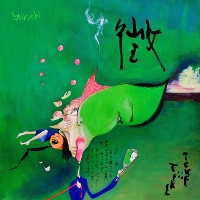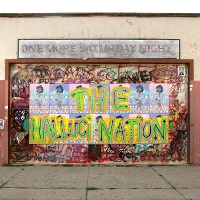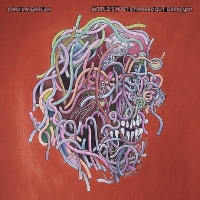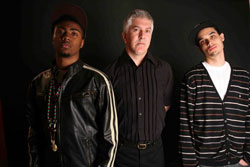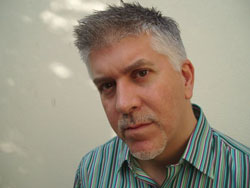 Geoff Wilkinson was a onetime DJ in the London clubs Us3 - Still Kickin' ItSixteen years after releasing the album Hand On The Torch, producer Geoff Wilkinson of Us3 is still around and running toward the future. Sixteen years after releasing the album Hand On The Torch, producer Geoff Wilkinson of Us3 is still around and running toward the future.  If it challenged peoples' perceptions in both the jazz world and the hip hop world, then I think that's a good thing
If it challenged peoples' perceptions in both the jazz world and the hip hop world, then I think that's a good thing
For Geoff Wilkinson, jazz and hip hop have run parallel in his life, so it was not a stretch for him to fuse the two together. He knew the roots of both types of music well enough to have the confidence to do it. Geoff comments on his sound: “The exciting thing is both types of music are liberally influenced by anything and everything else really. I’ve never subscribed to being a purist. I don’t know what a purist jazz fan would be because the history of jazz is littered with people experimenting. If we didn’t experiment, where would we be? If Dizzy Gillespie didn’t work with Latin musicians we wouldn’t have a “Night in Tunisia”. I think what I did, fusing jazz and hip hop was sort of a natural progression in the jazz tradition, if you like.” 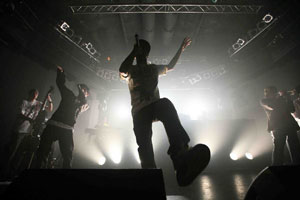 Us3 rock the stage live in Montpellier, France Based in London, England, Wilkinson became known for his use of samples, primarily from Herbie Hancock’s “Cantaloupe Island”. With his ability to mould music, along with his experience in hip hop and jazz and some seriously talented young rappers, the album, Hand On The Torch was created. The hit song “Cantaloop” helped drive the album to platinum, a first for Blue Note Records. Geoff says of that time, “It was a strange thing to have happen, because no one expected it to be such a big hit. We travelled the world for nearly two years, backwards and forwards touring and promoting it. It seemed to be one of those songs that wouldn’t die and still is. We did have a good time with it.” Not only did it garner worldwide recognition, but in an unprecedented move, the back catalogues of Blue Note were opened and Wilkinson was given carte blanche to mine the resource for samples. “It was brave decision on their part [Blue Note]”, says Geoff, “and it came down to the decision of one man, Bruce Lundvall who is still the president of the label. He had great vision in allowing me to do what I did.”  He just locked into the groove straight away. I don't know why rappers don't do things more challenging like that.
He just locked into the groove straight away. I don't know why rappers don't do things more challenging like that.
It was a pretty gutsy move to take, in many cases, iconic songs from the sacred vaults of jazz, chop them up and put them into a different context. “I was certainly aware of the enormity of what I was doing”, Geoff says, “and I was braced for more criticism than we actually got. I knew that I had to be faithful to the original tracks, but I didn’t want it to be just a retrospective thing, to be all about the samples, which is why on every track I had a young British jazz musician playing as well. I knew that it had to acknowledge the past but look forward to the future as well. It certainly gave the marketing guys at the label a headache, trying to get record stores to stock what was essentially a hip hop album on Blue Note and put it in the hip hop section. It was much more difficult than we thought it would be. But if it challenged peoples’ perceptions, both in the jazz world and the hip hop world, then I think that’s a good thing.” The group Us3, by Wilkinson’s admission, is not a group in the normal sense of the word. It is more of an ongoing production project that revolves around him, which means he can work with whomever he wants. After more than a decade of producing jazz and hip hop fusion, Geoff continues to hone his musical edge by working with some young and exciting artists. Having just released the seventh Us3 album, stop.think.run., Geoff Wilkinson is still challenging peoples’ perceptions. He used the live instrumentation of top notch British jazz players, which creates a vibrant, edgy, and urgent sound. Then there is the flow of the rap. “Rap is a rhythmical form”, says Geoff. “Some of the lyrical word play, the twisting rhythmicality of it, is incredible. It seemed natural to me to say, why do you rap on a static beat, why not rap on something a bit more organic, live or even in a different time signature? There’s a track on the new album for example, that I did in a four bar pattern and the third bar is in three four which then repeats. I knew that it might give the rapper a headache when I gave him the track. He just locked into the groove straight away. I don’t know why rappers don’t do things more challenging like that.”
Wilkinson took a year off between the albums Say What!? and stop.think.run. to make some changes himself. “I felt that after the Say What!? album in 2007, I needed a bit of a reassessment about what I was doing. In 2008, I didn’t release an album and we didn’t tour the band, which was unusual. I moved my studio, and sold all of my vintage analog equipment and changed the way I worked. I needed to refresh myself. It was a bit nerve wracking taking a year out to do it, but I think the end result was worth it. That is what the title of the album is about as well. I had to stop and think about what I was doing before I could run. I feel like I’m running again now.” |
Reviews

Mngwa
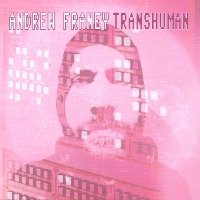
Andrew Franey
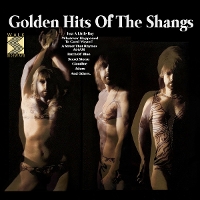
The Shangs
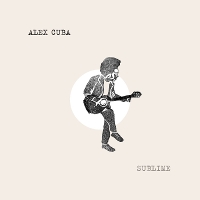
Alex Cuba
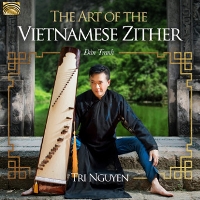
Tri Nguyen
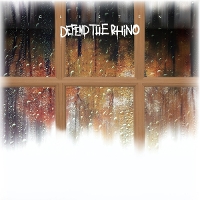
Defend The Rhino

Talltale
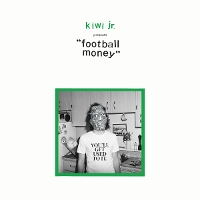
Kiwi Jr.

Plaster

Hyness
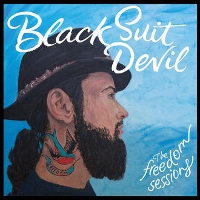
Black Suit Devil
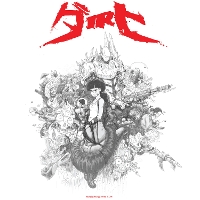
Yamantaka // Sonic Titan
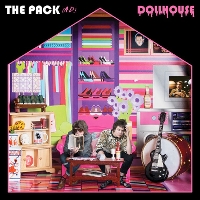
The Pack A.D.
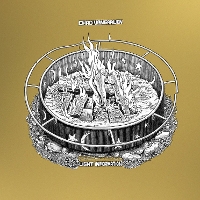
Chad VanGaalen
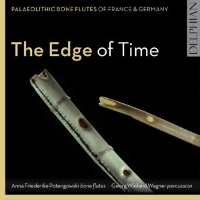
Potengowski Anna Friederike
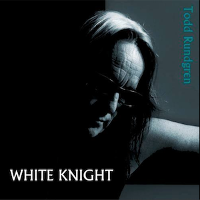
Todd Rundgren
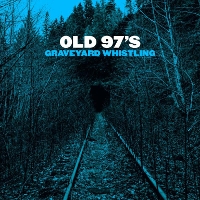
Old 97's
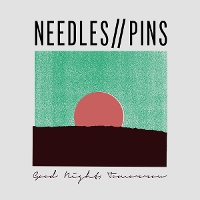
Needles//Pins


